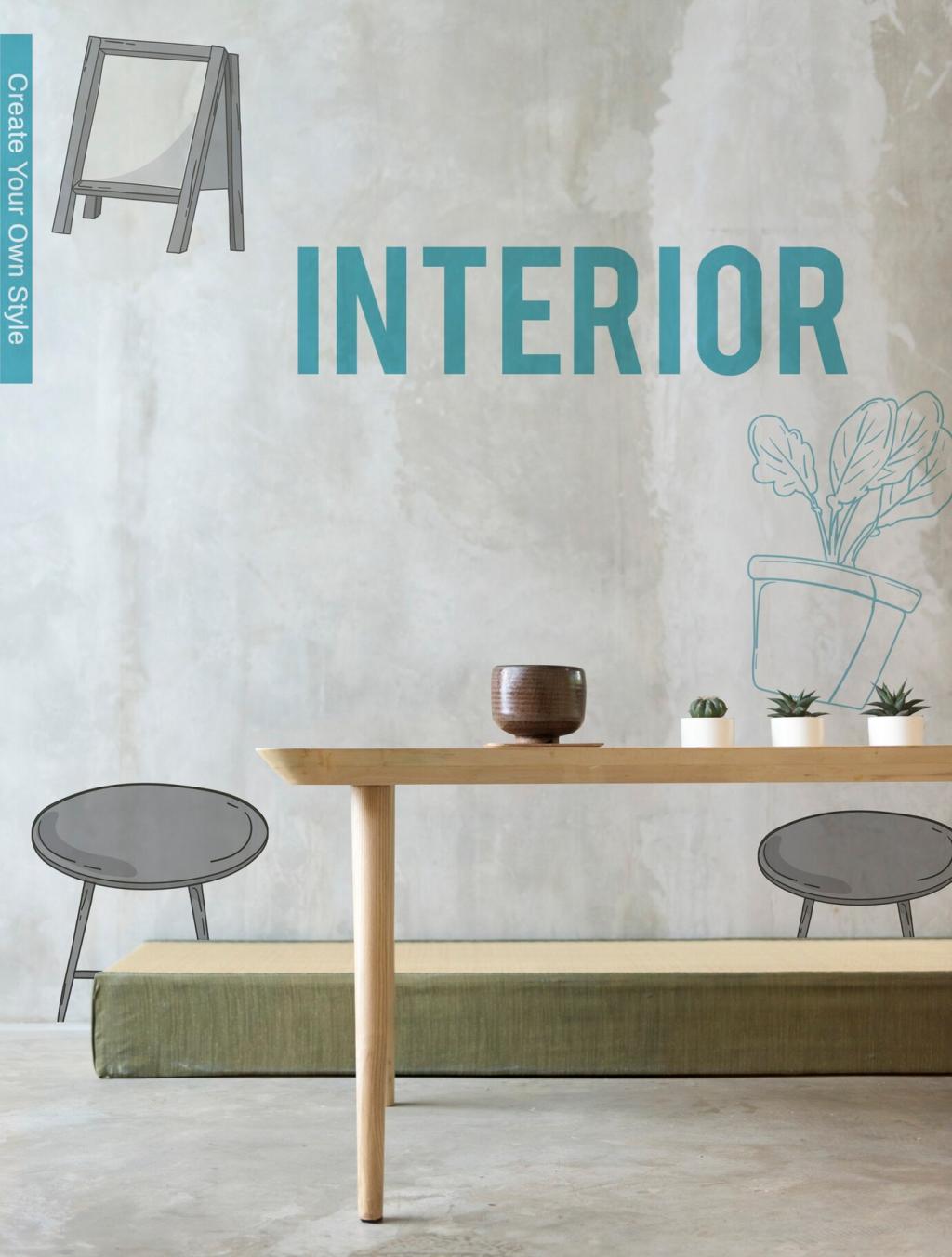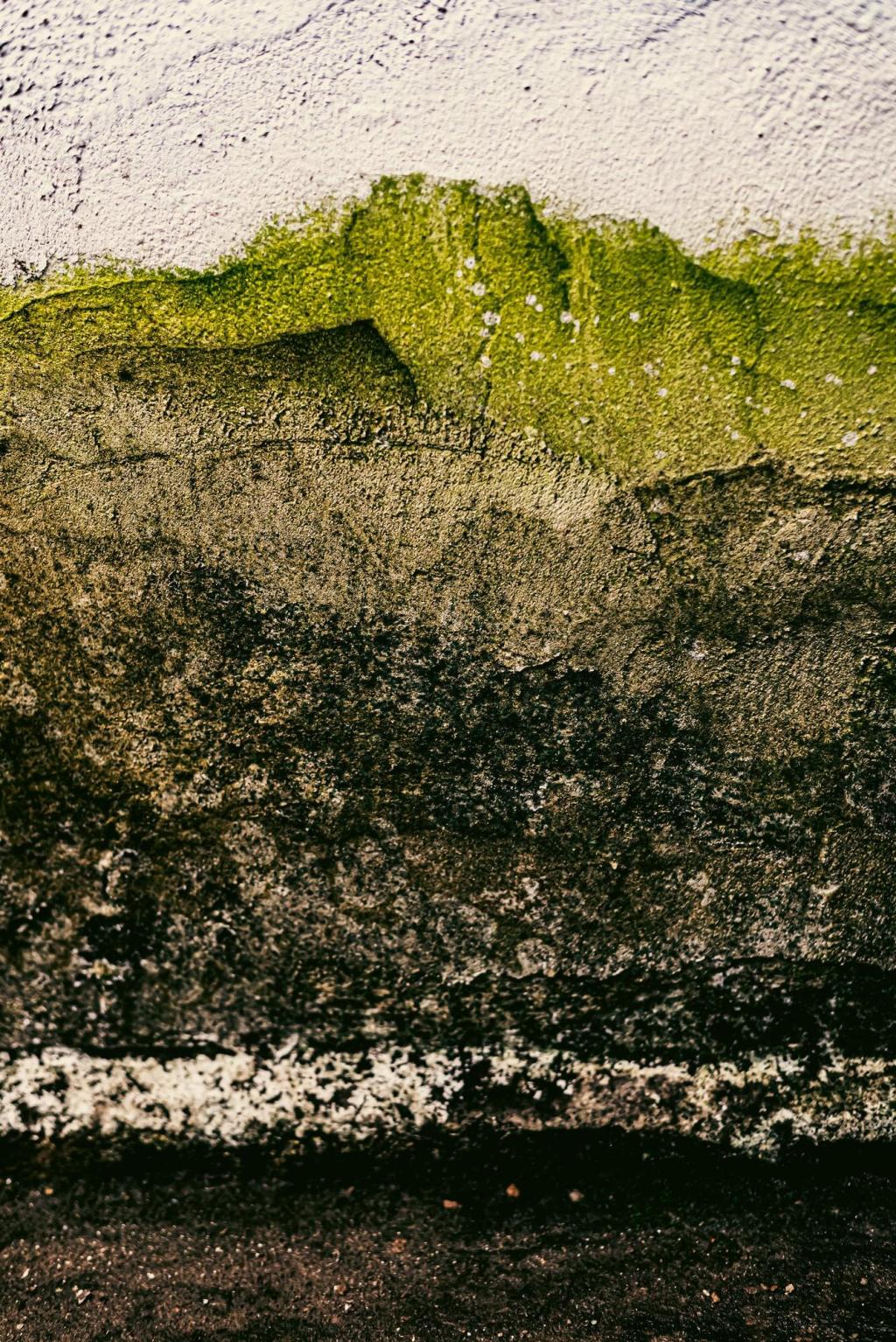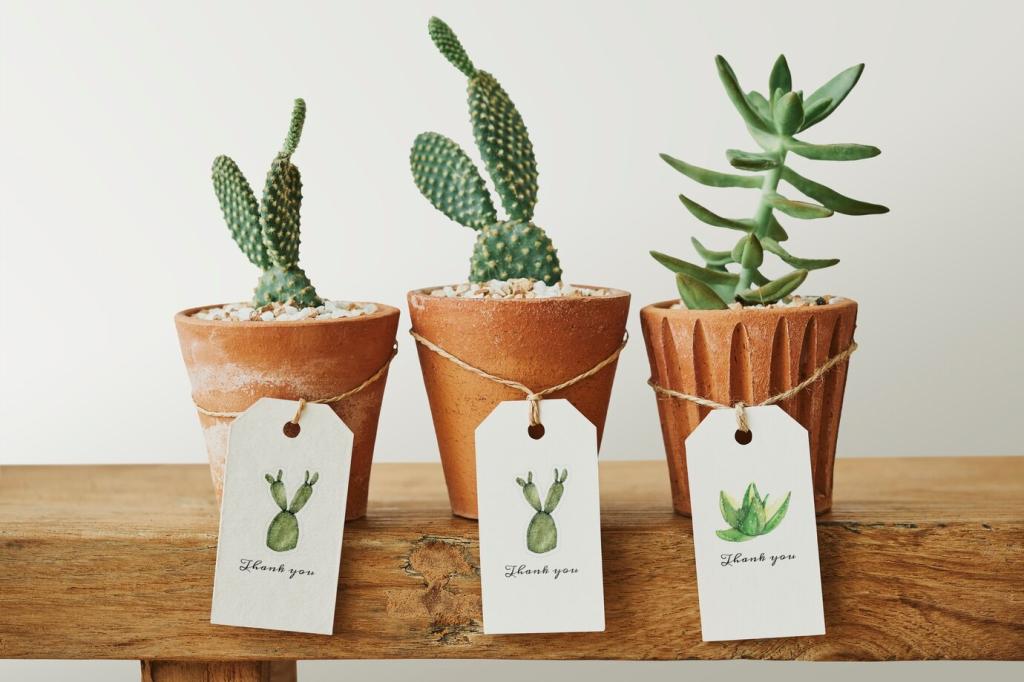Measure Impact, Celebrate Progress
Keep a simple log of items rescued—bottles, fabric yards, boards. Add weights when possible. Watching landfill diversion grow turns DIY recycled home accessories into a game where every saved object becomes a small, satisfying environmental victory worth sharing.
Measure Impact, Celebrate Progress
Roughly compare your upcycled item to a store-bought equivalent using published averages. While imperfect, the estimate shows progress. Share your numbers in the comments to encourage others pursuing DIY recycled home accessories to keep pushing their craft and climate wins.
Measure Impact, Celebrate Progress
Subscribe for project plans, printable templates, and safety checklists. Invite a friend to join our next challenge, and comment ideas you want explored. Together, we’ll expand DIY recycled home accessories into a movement that brightens homes and lightens footprints.
Measure Impact, Celebrate Progress
Lorem ipsum dolor sit amet, consectetur adipiscing elit. Ut elit tellus, luctus nec ullamcorper mattis, pulvinar dapibus leo.





